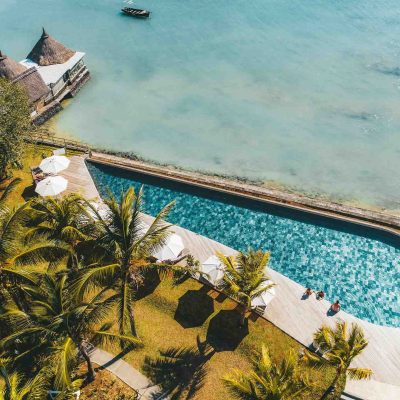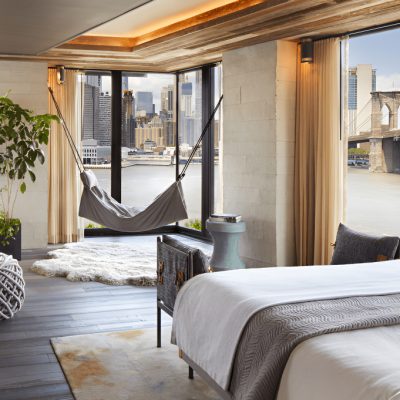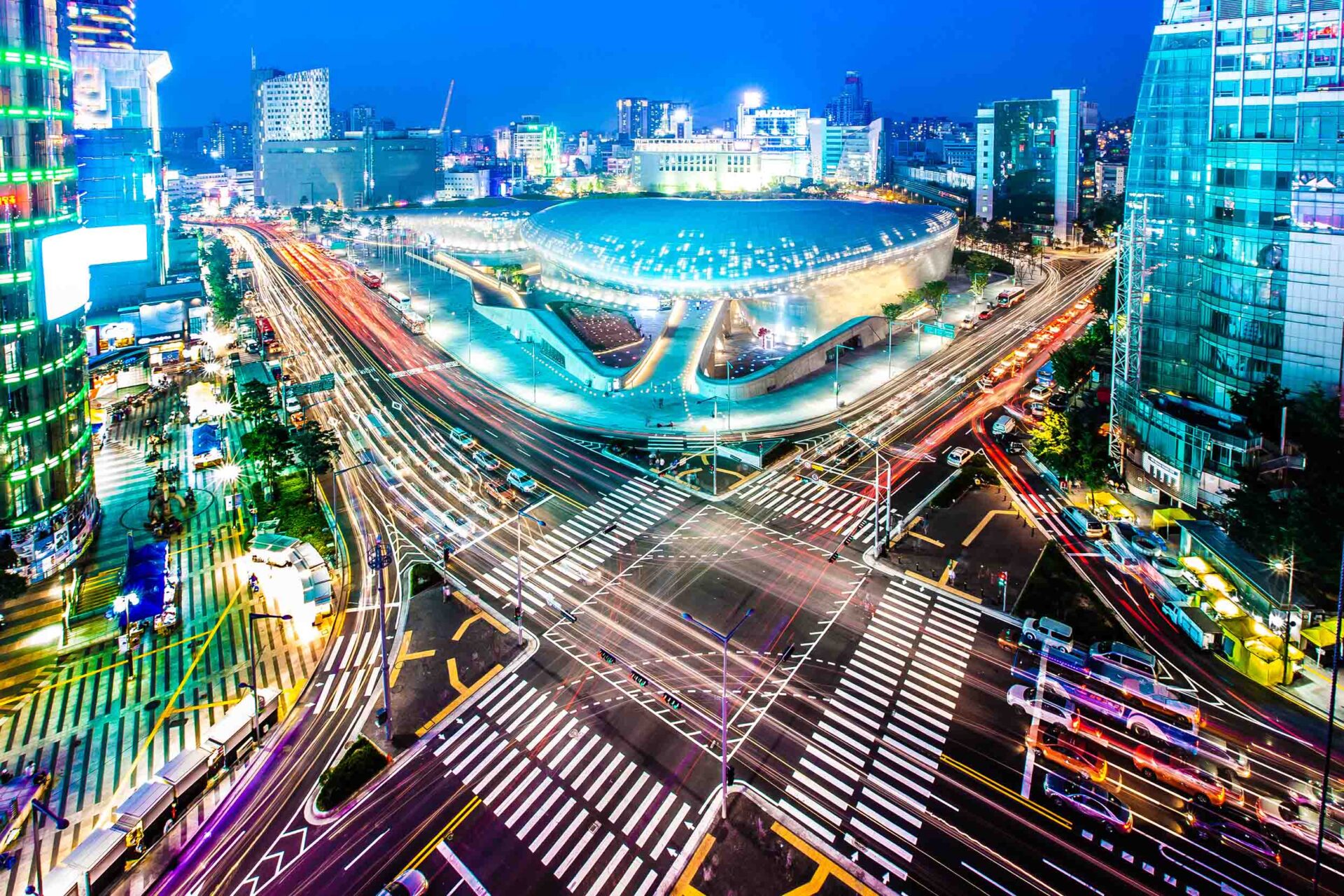
South Korea has transformed dramatically over the past few decades. The 1988 Seoul Olympics signaled its emergence from nearly 30 years of military rule, but even at the turn of the century, the country was primarily recognized for its cars, consumer electronics, and the oppressive dictatorship across its northern border. Today, the rise of Hallyu (the Korean Wave) has solidified South Korea’s status as a global cultural powerhouse. Now, it’s the tourism industry’s moment to shine.
Seoul, Busan, Gyeongju, and Jeju-do are popular destinations that most tour companies include in their South Korea packages. However, South Korea is also a fantastic place to explore independently. This fall, Korea presents the perfect blend of cultural exploration and family-friendly activities, with its cities and regions offering some of the year’s most stunning natural beauty.
Whether you’re planning an unforgettable trip with loved ones or setting off on a solo adventure, Korea has something for everyone. Immerse yourself in the vibrant art scene at the upcoming Korea International Art Fair (KIAF) at COEX, a showcase of contemporary creativity. While you’re there, be sure to explore nearby attractions, including the enchanting COEX Aquarium, the tranquil Seolleung and Jeongneung Royal Tombs, and the historic Bongeunsa Temple.
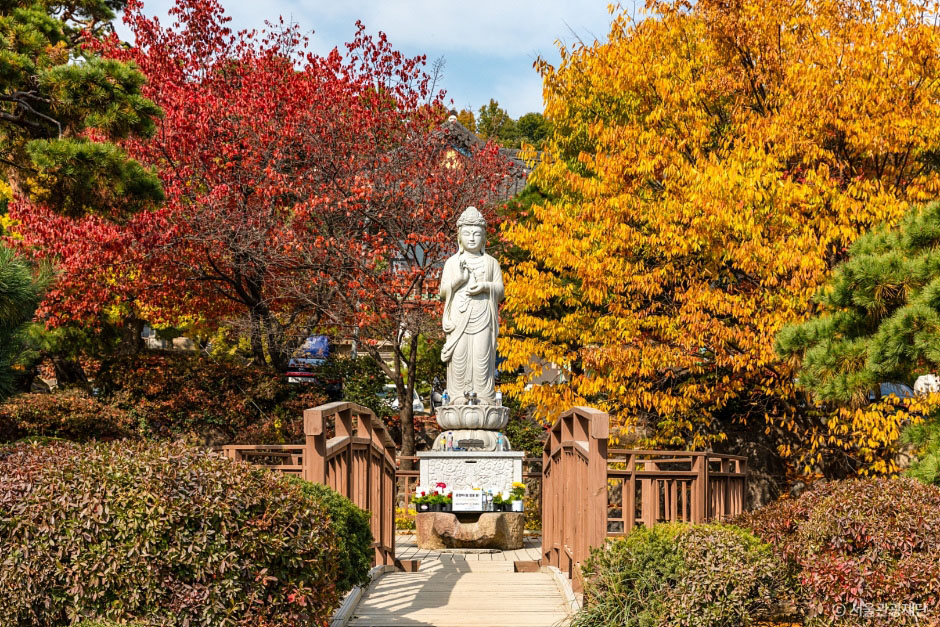
In South Korea’s popular tourist attractions, modern values are often infused into historic cultural heritage, while traditional elements are seamlessly integrated into contemporary spaces. These sites not only serve as cherished cultural landmarks and dynamic living environments for Koreans, but also provide an inviting gateway for international visitors to explore Korea.
South Korea is home to a variety of hanok villages, each offering unique experiences. Recently, one hanok village has gained popularity as a tourist destination, allowing visitors to explore an old village made up of traditional Korean wooden houses, distinct from modern hanok architecture.
In the heart of Seoul, surrounded by towering skyscrapers, Bukchon Hanok Village and Namsangol Hanok Village provide a fascinating glimpse into the coexistence of the past and present. As the largest hanok district in South Korea, Jeonju Hanok Village features around 625 traditional tile-roofed houses alongside modern hanok designs. This village attracts visitors not only for sightseeing but also for its cultural offerings, such as tea ceremonies and hanji (traditional paper) making workshops.
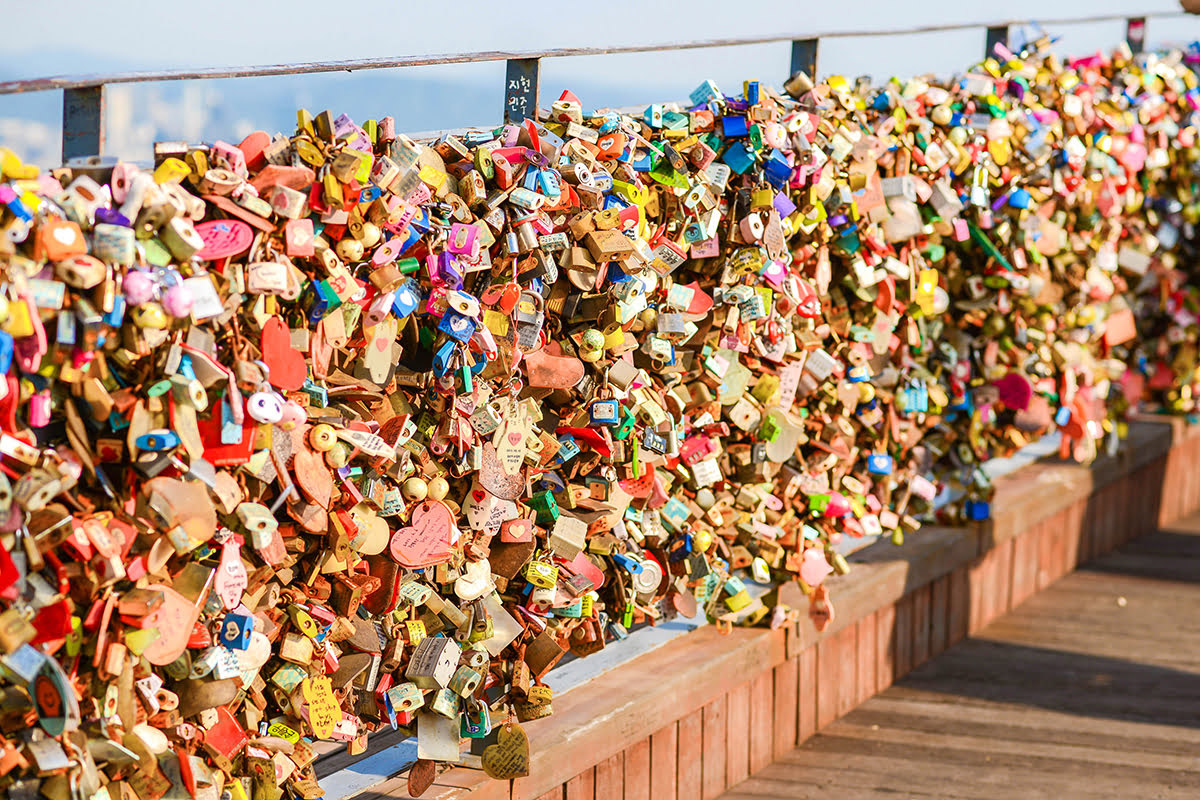
Additionally, Gongju Hanok Village in Chungcheongnam-do, Gangneung Ojukheon Hanok Village in Gangwon-do, and Yeongam Gurim Hanok Village in Jeollanam-do may be smaller than Jeonju, but they provide rich opportunities for visitors to immerse themselves in Korean culture.
In Gangneung, Gangwon-do, the historic Seongyojang House, once an upper-class residence during the Joseon dynasty, offers a glimpse into traditional Korean homes. Although not part of a hanok village, this 300-year-old house is still inhabited by the descendants, allowing visitors to experience the enduring legacy of Korean architecture and culture.
A royal palace, an essential stop for any Korean tourist, offers contrasting experiences between day and night. During the day, visitors are drawn to its serene and calming atmosphere. However, when night falls, the palace transforms, enveloped in darkness, where subtle lighting and enchanting acoustic effects create a captivating ambiance. These alluring features have gained popularity on social media, leading to royal palaces becoming sought-after nighttime attractions.
Among the royal palaces that open their doors after dark are the four major palaces in Seoul: Gyeongbokgung Palace, Changdeok Palace, Changgyeong Palace, and Deoksugung Palace, as well as Hwaseong Haenggung Palace in Suwon.
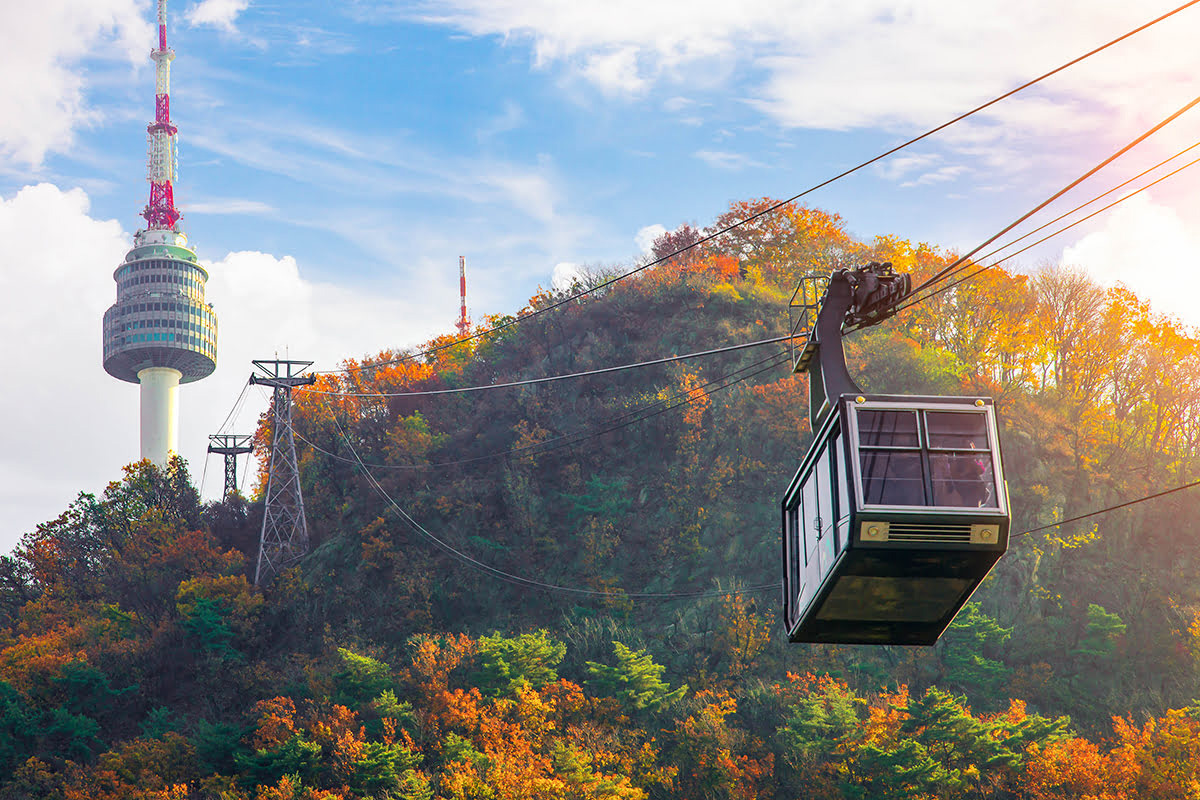
Gwangmyeong Cave
Gwangmyeong Cave is a distinctive tourist destination that has been repurposed from an old mine. Its standout feature is the VR minecart ride, which combines real and virtual excitement. Everland, Korea’s largest amusement park, boasts Panda World, where visitors can see the charming twin baby pandas, Rui Bao and Hui Bao.
Gyeonggi Children’s Museum
Gyeonggi Children’s Museum provides hands-on exhibits for kids of all ages, featuring attractions like Nature’s Playground, a sensory play area, and the 21st Century Jack and the Beanstalk, a towering 14-meter climbing structure. The Korean Folk Village, a cultural theme park, offers a glimpse into Korea’s history through activities such as kite flying, pansori performances, and making dalgona (toffee candy). At Anseong Farmland, families can enjoy a petting farm experience, where they can interact with and feed the animals.
Cheomseongdae Observatory
Silla, the ancient kingdom that flourished on the Korean Peninsula for a millennium, has its historic capital in Gyeongju. Step back into its golden era by first exploring Cheomseongdae Observatory, where you can admire ancient astronomical achievements. Next, visit the Daereungwon Ancient Tomb Complex to experience the grandeur of Silla through artifacts discovered in the royal burial sites.
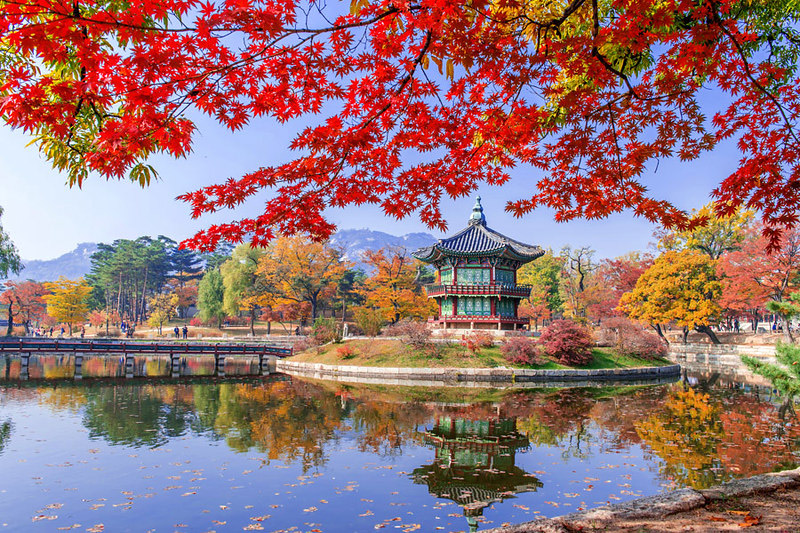
Gyeongju National Museum
The Gyeongju National Museum showcases the height of Silla’s refined culture and heritage, with an additional Children’s Museum on-site. Donggung Palace and Wolji Pond, former residence of Silla’s crown prince and a top venue for royal banquets, are renowned for their breathtaking night views. For an overnight stay, visit Pohang’s Homigot Sunrise Square to witness the sunrise and capture a memorable photo with the Hands of Harmony sculpture, a notable local landmark.
Solo Traveler’s Must-See Locations
For those venturing through Korea solo, or seeking a personal retreat from family travels, there are two must-visit destinations. Dive into the dynamic world of Myeong-dong, where you can indulge in a premier shopping experience and savor local street food. Then, unwind and rejuvenate at the Taepyeong Salt Farm Healing Spa, where innovative salt therapies offer a unique path to relaxation and well-being.
Myeong-dong – Ultimate Shopping Destination
Discover Myeong-dong, a must-see shopping destination in Seoul. This lively street is filled with trendy clothing and cosmetics stores, promising an enjoyable shopping spree for everyone. You’ll find a range of options, including street vendors, department stores, duty-free shops, and an underground shopping area. Experience the essence of Myeong-dong with its diverse street food that offers genuine Korean flavors. For high-end cosmetics, visit the first floor of Lotte Department Store. If you’re looking for mid-range to affordable beauty products, check out Olive Young Myeong-dong Town, which features popular domestic brands. Daiso Myeongdong Main Store is perfect for budget-friendly household items, with a variety of goods priced between 1,000 and 3,000 won.
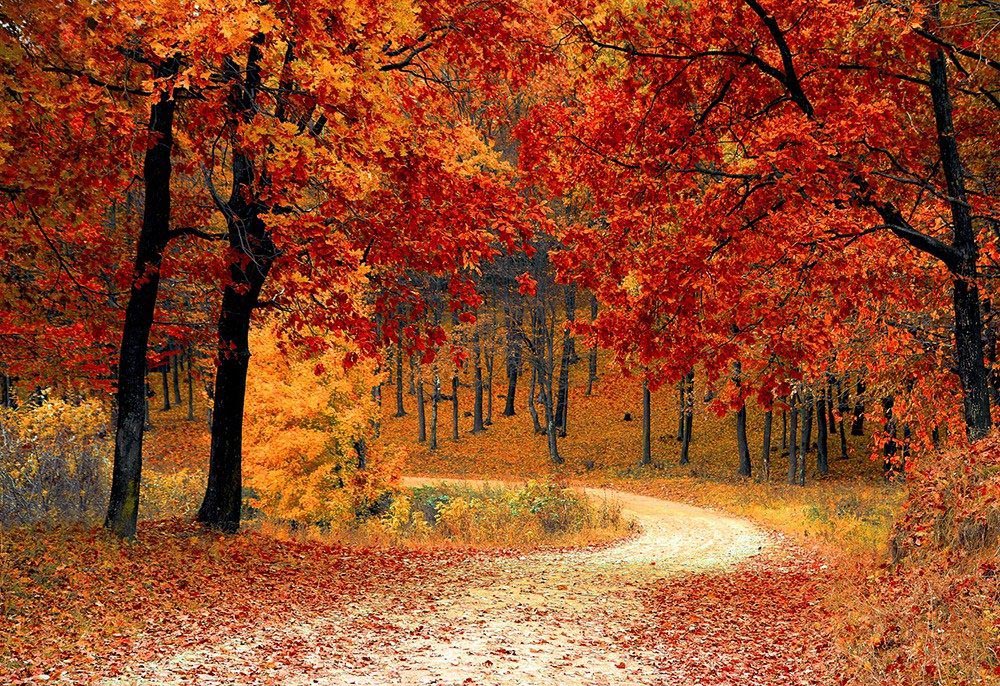
EXPLORING AUTHENTIC KOREAN CUISINE
To truly immerse yourself in Korean food culture, visiting traditional markets is a must. In a warm and inviting atmosphere, visitors can freely indulge in the beloved dishes favored by locals.
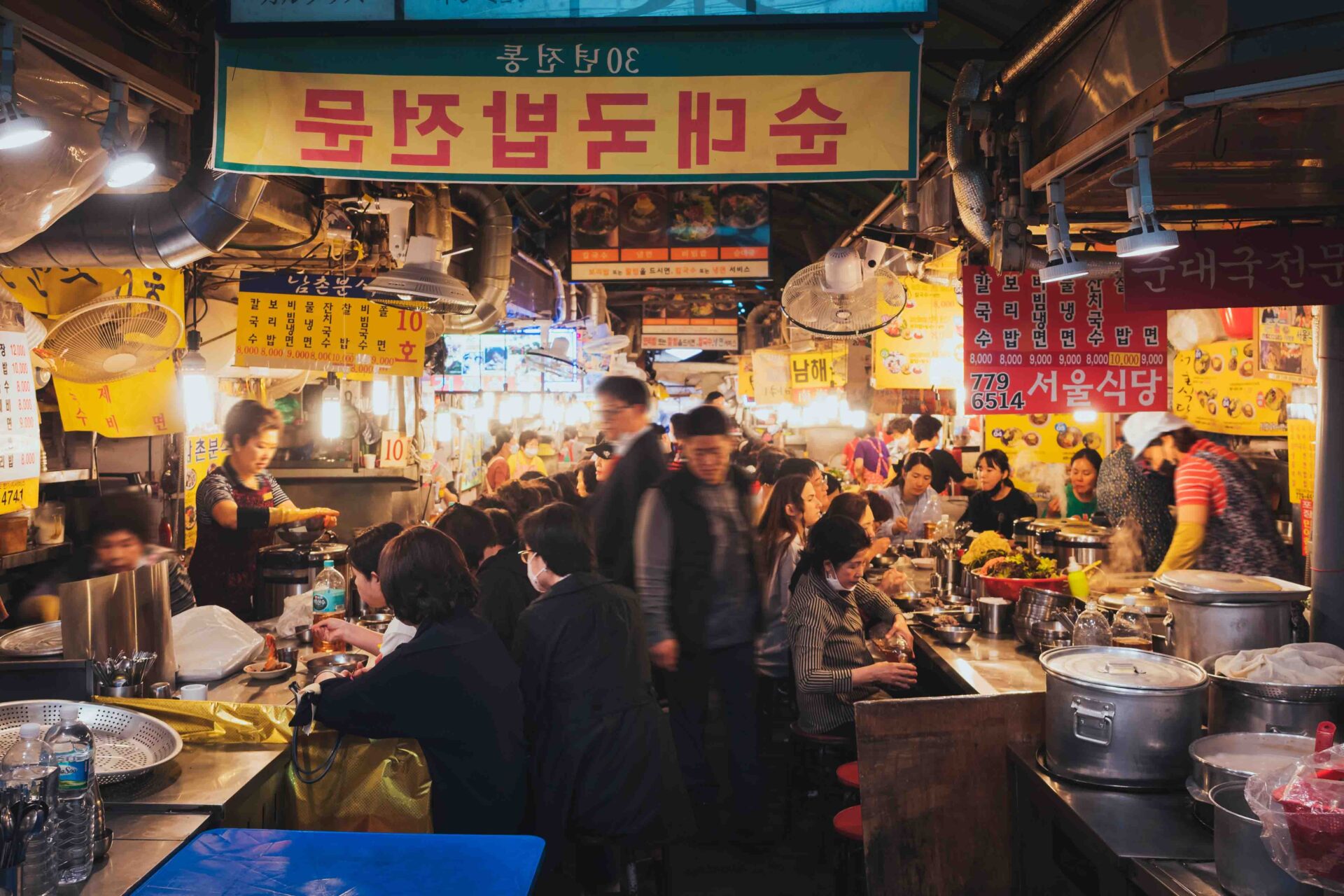
Gwangjang Market in Jongno, Seoul, holds historical significance as Korea’s first permanent market, boasting over 100 years of history. The addictive flavor of finger-sized mini gimbap, served with mustard sauce, has earned it the nickname “mayak gimbap” or “drug gimbap,” drawing in crowds with its irresistible appeal. Other popular offerings include beef tartare and mung bean pancakes.
Jeonju Food Tour
Jeonju is a city that many Koreans are eager to visit for its delicious cuisine. This city has cultivated a rich food culture, thanks to fresh seafood sourced from the West and South Seas and crops harvested from its fertile land.
One must-try dish in Jeonju is Jeonju-style bibimbap. This dish begins with rice cooked with Jeonju bean sprouts, which is then mixed with an array of fresh ingredients, including egg yolk, ginkgo nuts, pine nuts, chestnuts, walnuts, and various vegetables.
Jeonju Hanjeongsik, a traditional Korean table d’hote, features over 30 side dishes, including soup, stew, seasoned vegetables, and salted seafood, all elegantly presented on a single table. This feast reflects the generous spirit of the Korean people.
In the neighborhoods of Samcheon-dong, Seosin-dong, and Gyeongwon-dong, the Jeonju Makgeolli Alleys invite visitors to savor makgeolli (rice wine). Each order of makgeolli comes with a delightful selection of 20 different dishes and snacks.
Moreover, Jeonju boasts a unique food culture known as “gamaek,” short for “gagae (corner store) maekju (beer).” This concept features small corner stores or kiosks equipped with several tables where patrons can purchase cold beer and enjoy it alongside nibbles like grilled dried squid, dried pollack fillet, and other snacks seasoned in Jeonju’s signature style. Thanks to its rising popularity, the Gamaek Festival has been held annually since 2015.
Sokcho: Seafood Heaven
Sokcho, located on the east coast in Gangwon-do, is a bustling port city known for its abundant seafood sourced from the East Sea, offering a wide array of dishes featuring fish, squid, shrimp, and more. A must-visit in Sokcho is the deep-fried shrimp alley near Daepohang Port, where fresh shrimp are fried on the spot, resulting in an incredibly crispy texture.
Visitors can also indulge in a variety of dishes near the Sokcho Tourist Fish Market, the dock for the raft-like boat called “gaetbae,” Daepohang Port, and Dongmyeonghang Port. Highlights include sliced raw squid, stuffed squid, moray soup, spicy red snow crab, and grilled fish.
Busan Food Tour
Busan is an ideal city for gourmet travel, thanks to its convenient public transportation and abundance of food options. Jagalchi Market, South Korea’s largest fish market, is famous for its slogan, “Oiso (Come), Boiso (See), and Saiso (Buy).” The market is bustling with fresh seafood, including sliced raw fish, crabs, lobsters, shrimp, shellfish, and grilled fish. Unique signature dishes here, such as whale meat and hagfish grilled over briquettes, are hard to find elsewhere.





